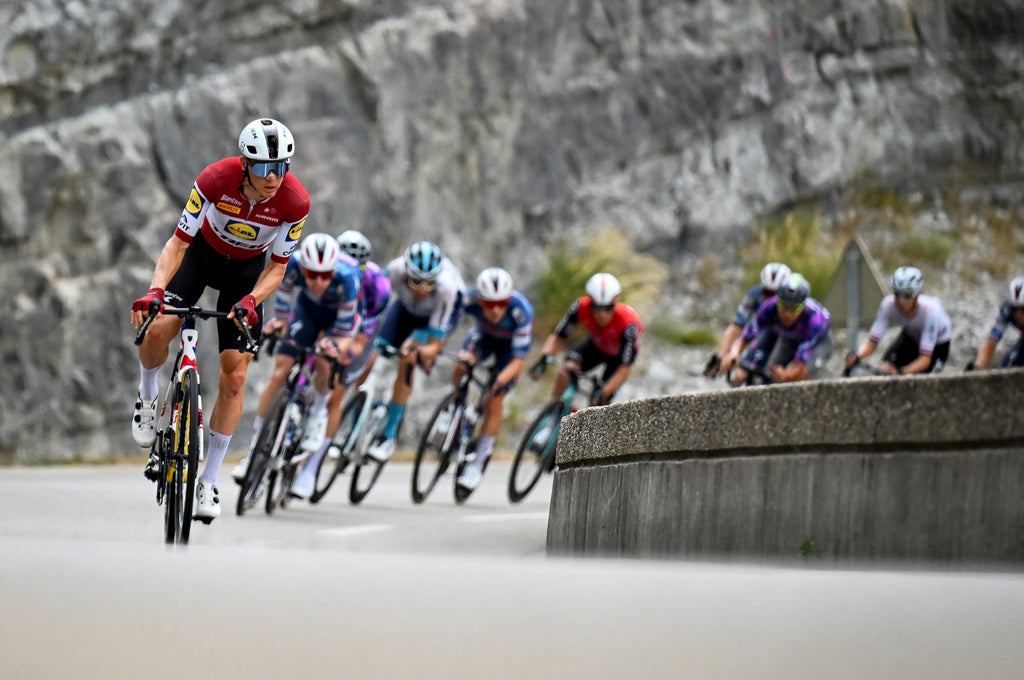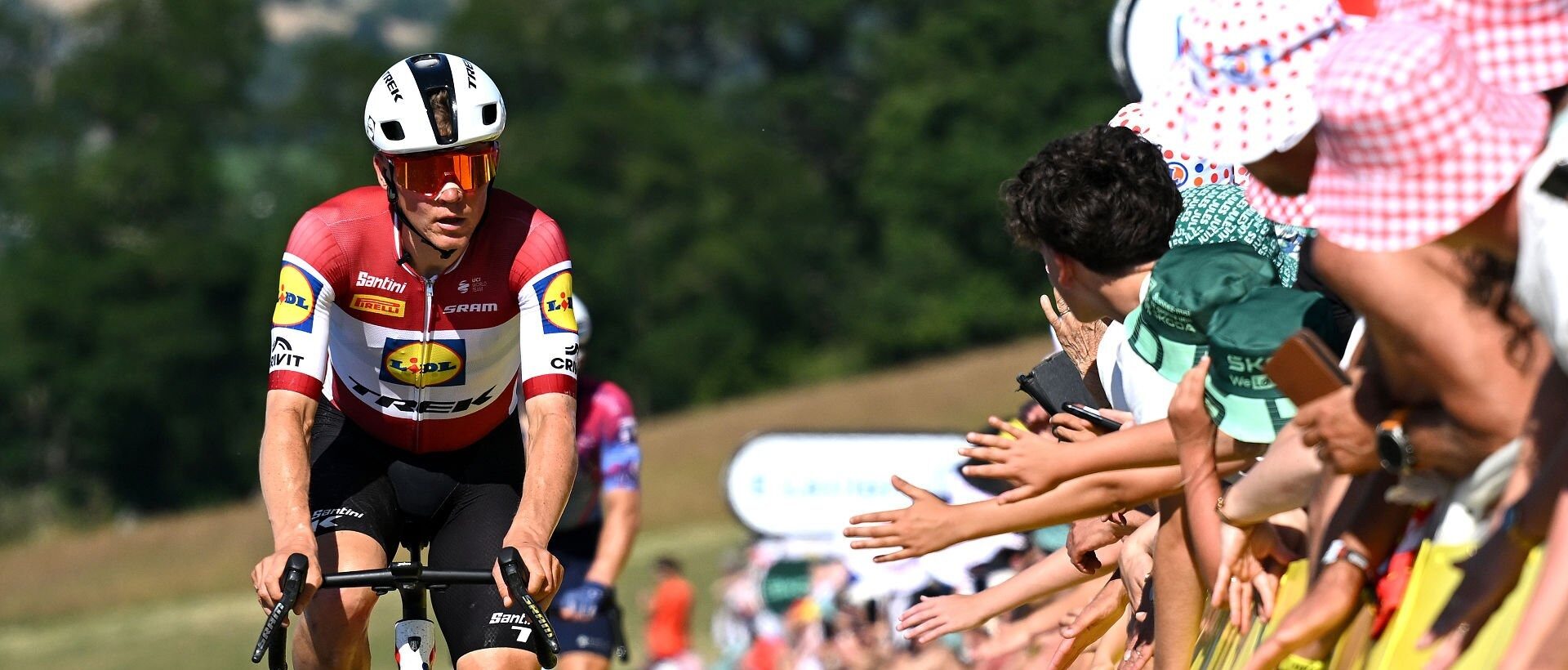When people find out that I am a professional cyclist, they inevitably ask whether I’ve ever done the Tour de France. Racing there seems to be the one thing that actually justifies my job. Until you have done it, you are just a bike rider. Even people that don’t follow the sport know about it. Because what is one of the things that stays with them when they watch it on the telly? Mountains. Incredible views of high passes and riders struggling to go up them. Riders fighting each other and gravity in the Pyrenees and Alps.
If you know who I am, then you’ll know that I am from Latvia. One of the flattest countries in the world, its hardest “climb” is one kilometre long. The KOM is under three minutes. So growing up, the only mountains I knew were also on TV. Even when I say to my fiancée, who grew up in the Rockies of Colorado, that I know how to downhill ski because I went down a well-groomed slope one time at home, I know I am only kidding myself. When we do finally do it on real snow, I will surely have a sore bum the next day.
Every once in a while, I still can’t believe my eyes at the beauty of the mountains. One such occasion that has stuck with me was racing in Jasper National Park at Canada’s Tour of Alberta. All I could think was that I must be in a virtual reality simulator, because the cliffs were so steep, the air so fresh, the mountain streams so blue and the only sign of human life – not counting the sweaty men in lycra around me – was the paved roads. Finally, I understood what the word “jaw-dropping” meant.
It’s funny to think that a guy from Latvia (which has a highpoint of 312 metres above sea level) can wear the King of the Mountains jersey at the biggest bike race in the world. In 2018, on my Tour debut, I did just that for a week. It turned out to be a historic moment, as no Latvian had ever worn a classification jersey there. However, once the real mountains hit, I was yet again in the back seat watching the climbing goats ride away – more proof of my love-hate relationship with the high terrain.

Skujiņš in stage 17 of the Tour, won by his teammate Jonathan Milan (Image: ASO)
The hate part is racing at elevation. Altitude. You can love cycling as much as your own mother, but it’s not much fun when all you can do is hope to start the next stage. I found this out the hard way. One of my toughest days on a bike was the 2014 Tour of the Gila criterium in New Mexico, USA. What can be so hard about an hour-long race, you ask? It was not like we had mountains to climb. Well this time, the whole crit was on top of a mountain, so to speak. It was up at 1,800 metres, I had no experience of that and got my ass handed to me.
Later that year I got to race the Tour of Utah and the Tour of Colorado (USA Pro Challenge) for the first time, both known for the double whammy of climbing and altitude. I don’t think I need to explain how they went: I would be one of the first guys getting dropped every day and just trying to make the time cut.
Just a week later, our team went to Canada to race the previously-mentioned Tour of Alberta. In the closing kilometres of the final stage, only the strongest guys were left – and I was one of them. That was a shock. In little time, I had gone from being in the first ten to get dropped, to being in the actual top ten. Funnily enough, the following year I came back to the USA Pro Challenge and finished in the top ten. We rode passes at 3,500 metres and I was still there. Not bad for a kid from Latvia.
Since then, my love for mountains has only grown. Which is good, because if you follow the sport of cycling you most definitely have heard about the big part altitude training camps play in preparation for races. I am actually writing this from Andorra, the country with the highest capital in Europe. The whole place is just one big mountain, really.
Outside my window I hear a river running and hear the birds chirping away. Clouds roll in and out. There are pine trees on one side, huge rock cliffs on the other. I can still see some snow here and there, even though it’s June. When the sun sets and the sky is clear, this is a good place to look for shooting stars and hope they make your dreams come true. The lack of light pollution in the mountains is something that reminds me of home, even though I am so far away.
Altitude training camps are pretty rough though – you ride, sleep, eat and repeat. Usually because these high mountains are pretty isolated and do not have much around, entertainment options are limited. When sleeping at around 2,000 metres above sea level, getting up the stairs is a struggle on the first days.
However, the human body is such a wonderful thing that even after you pile up some training, you start to feel better and better. By the end of the first week, I can walk up two flights of stairs without needing to stop for breath. Week two, I am already taking two steps at a time. But week three, boy oh boy. I can even find energy to go for a walk that’s outside the “room to restaurant” route.
Even though my body might still at times hate having to fight gravity for hours, my mind loves the view from the peaks. Especially if there’s cheers along the way from fans and maybe a cold drink being handed to me too.
